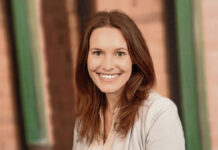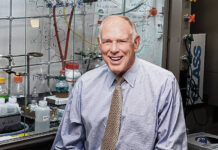SYOSSET, N.Y. — As coronavirus surged in New York last year, officials at the state’s largest hospital system realized their old way of transferring patients to relieve stress on swamped emergency rooms just wasn’t going to cut it.
Instead of time-consuming phone calls and emails, Northwell Health created a quicker, more efficient “crowd-sourcing” method using an online spreadsheet to match patients in need of a transfer with hospitals having available beds.
Now, Northwell Health, which operates 23 hospitals and 700 outpatient clinics in the New York City region, has made that system — born in the midst of a crisis — a permanent part of its operations.
Jacqueline Moran, the director of Northwell’s Centralized Transfer Center, said the hospital can dial up its approach to move patients in response to emergencies, for example in the case a facility must be evacuated because of a fire or a flood.
“Thanks to COVID, the silver lining is now we know how to move this seamlessly from a high incident to a low incident on a daily basis,” Moran said.
Last March, two Northwell hospitals in the epicenter of the coronavirus outbreak, Long Island Jewish Valley Stream and Long Island Jewish Forest Hills, were overwhelmed with patients.
Northwell Health operates its own ambulances and emergency call center, so they moved dozens of patients each day into other parts of the health network that were not overloaded with coronavirus patients.
Over three days last spring, the hospital system said it increased transfers between its facilities by 15-20% using the surge decompression model.
Anticipating the second wave in the fall, the hospital chain codified its reimagined transfer system by creating new software for overloaded hospitals to “decompress” by sending patients to facilities that had extra beds.
“The best model is to be proactive. Let’s move five to 10 patients a day and prevent it from getting to the point where we have to move 30 or 40 patients,” said Jonathan Berkowitz, Medical Director for EMS and Transfer for Northwell Health.
“So we built a whole new model. We actually built software specifically for this just to help us do this, to make sure that we can match patients in a kind of a much more precise surgical manner and move those patients and prevent having to get to a point where we have to move 40 to 50 patients a day,” Berkowitz said.




